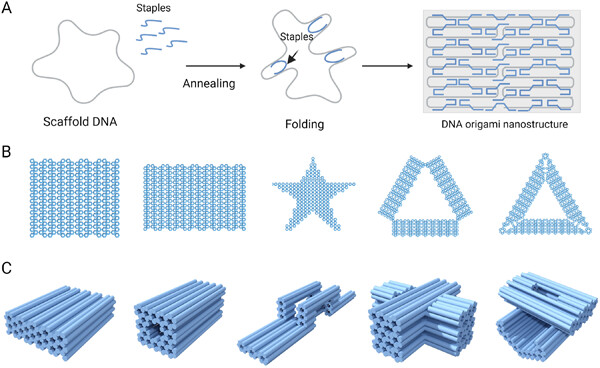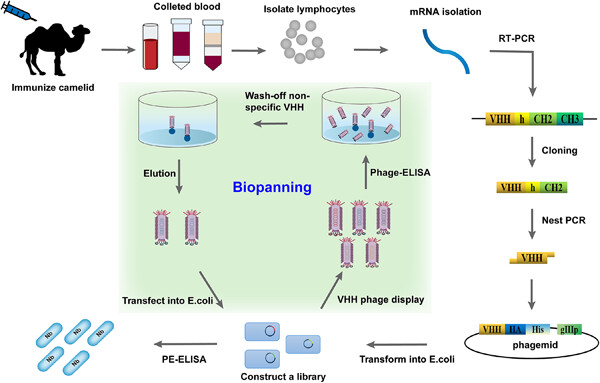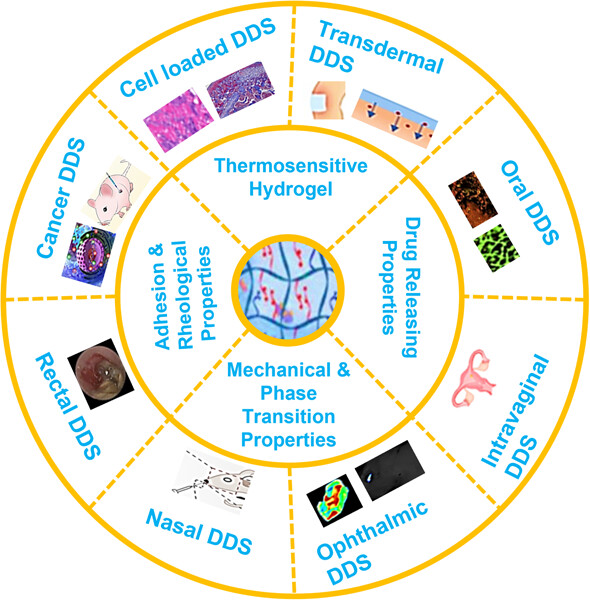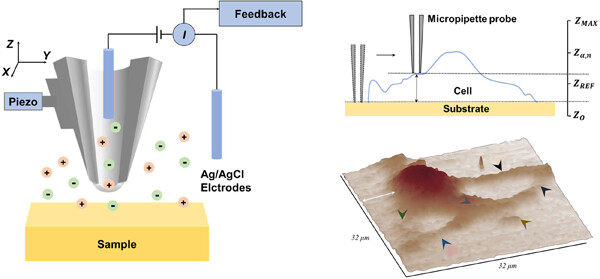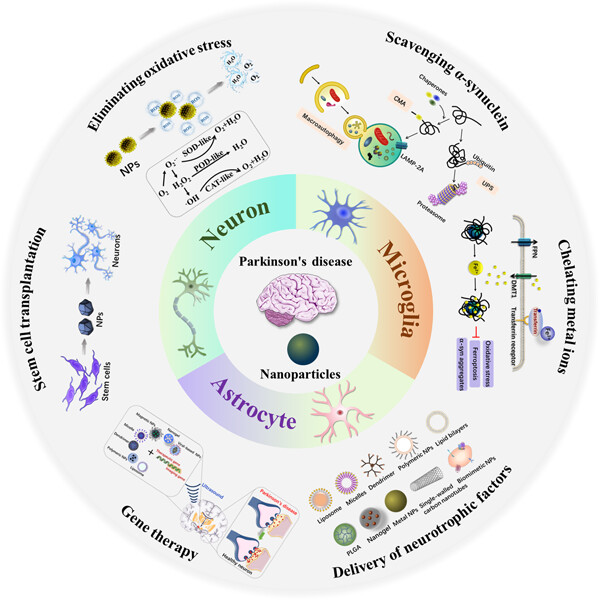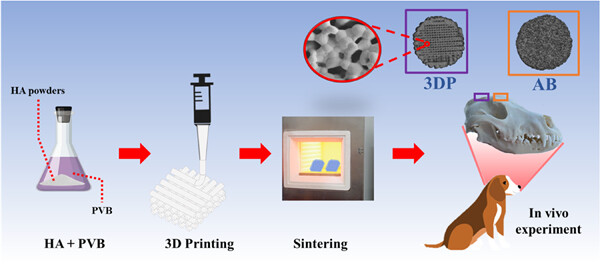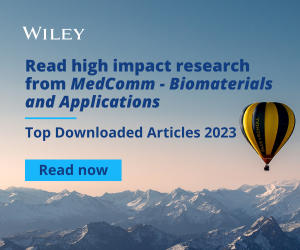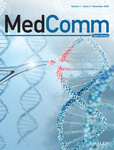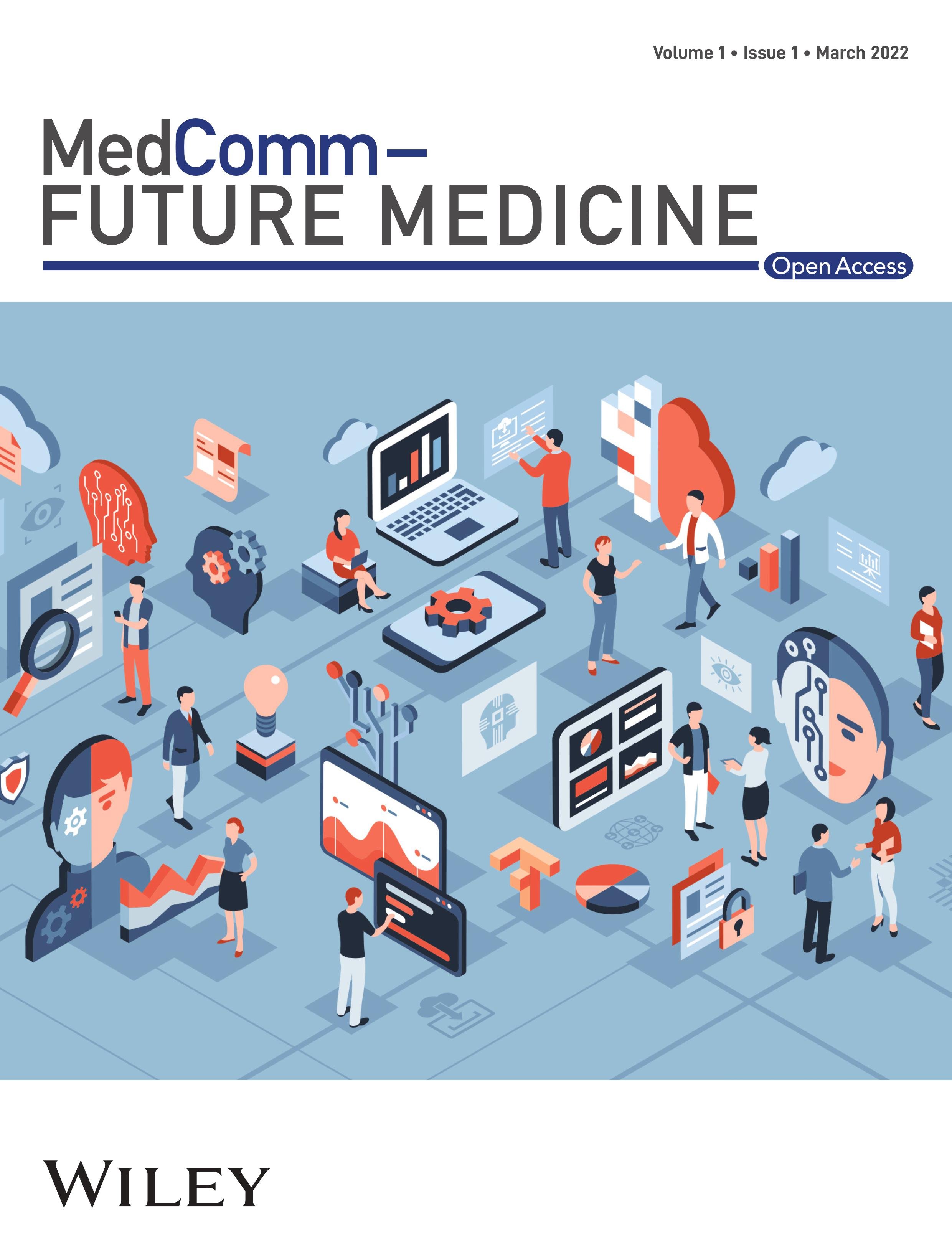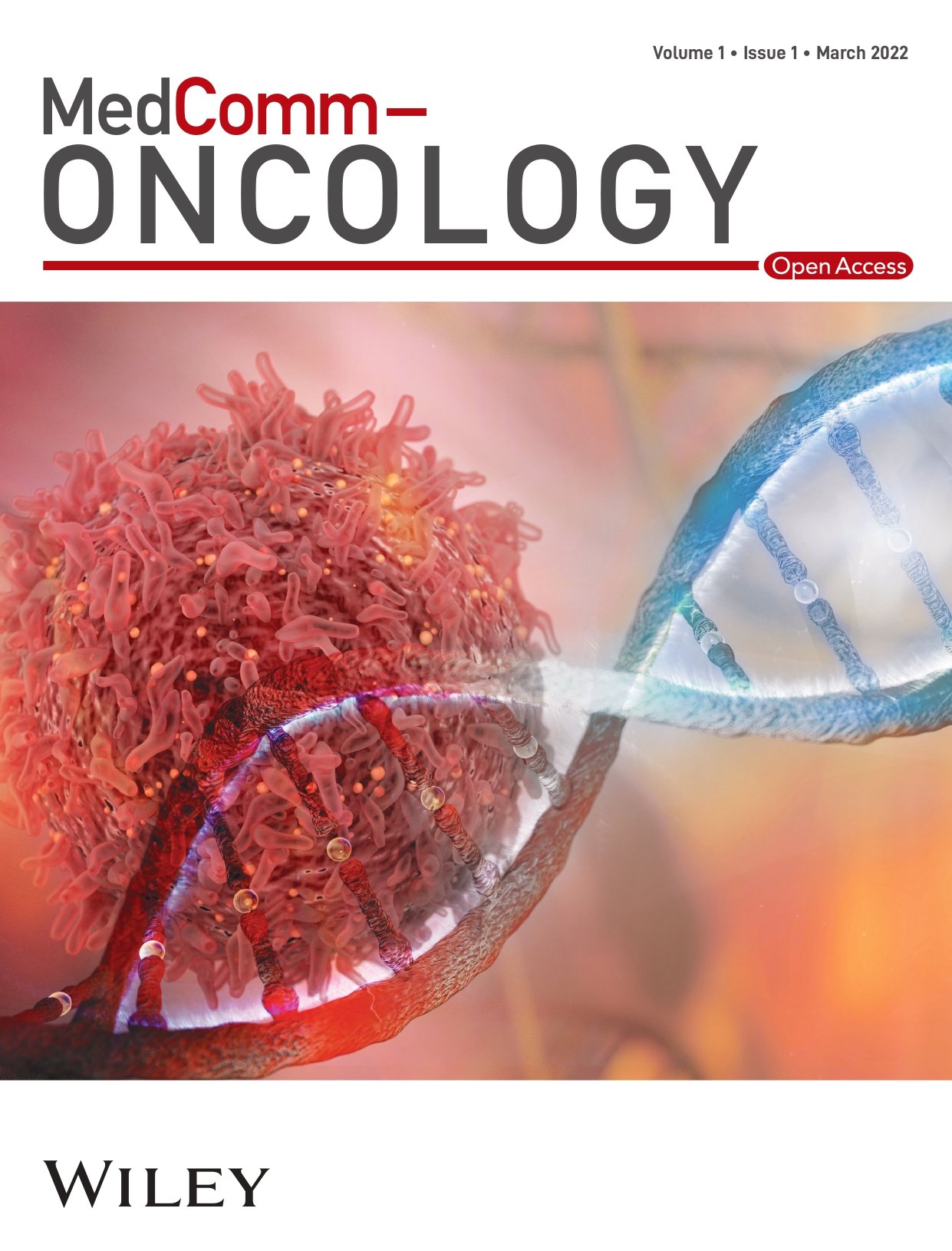Journal list menu
Export Citations
Download PDFs
Table of Contents
Melatonin: Avenues in cancer therapy and its nanotechnological advancements
- First Published: 11 September 2023
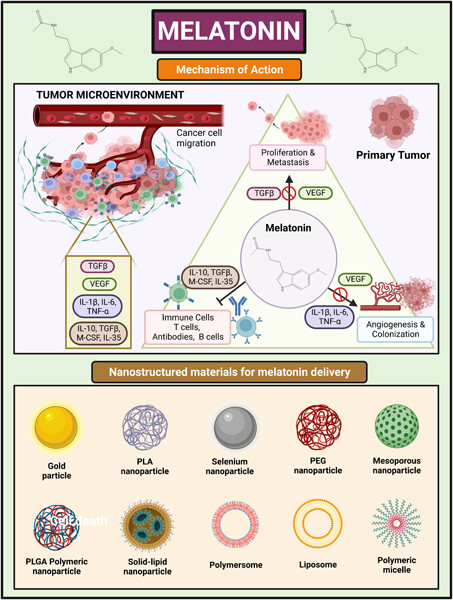
Melatonin's role in cancer treatment and nanotechnological developments for efficient delivery of the drug to the targeted sites. Natural sources of MLT, its physiological functions and mechanism of action is explained in detail along with targeted sites in humans for the easy delivery of the MLT administered via nanostructured materials.
DNA origami technology for biomedical applications: Challenges and opportunities
- First Published: 04 May 2023
Recent advances of nanobody applications in diagnosis and detection
- First Published: 03 September 2023
Recent progress in thermosensitive hydrogels and their applications in drug delivery area
- First Published: 11 August 2023
Recent progress in orodispersible films-mediated therapeutic applications: A review
- First Published: 04 April 2023
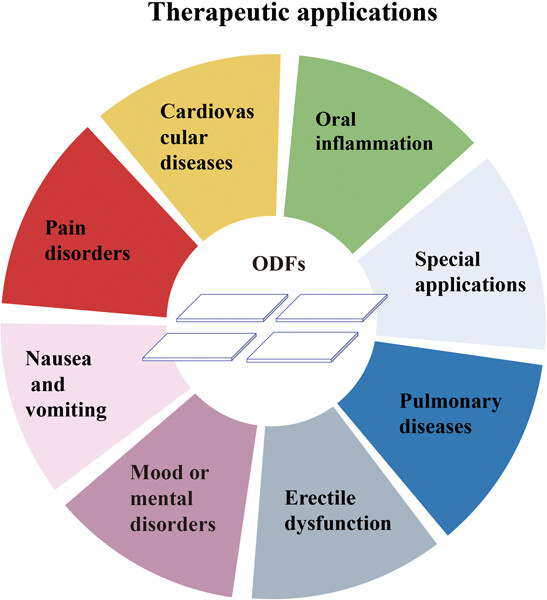
The current therapeutic applications of orodispersible films (ODFs) are delivered either locally or systemically for potential patients suffering from various diseases, including oral inflammation, cardiovascular diseases, pain disorders, nausea and vomiting, mood or mental disorders, erectile dysfunction and pulmonary diseases
Nanotechnology-based CRISPR/Cas9 delivery system for genome editing in cancer treatment
- First Published: 14 January 2024
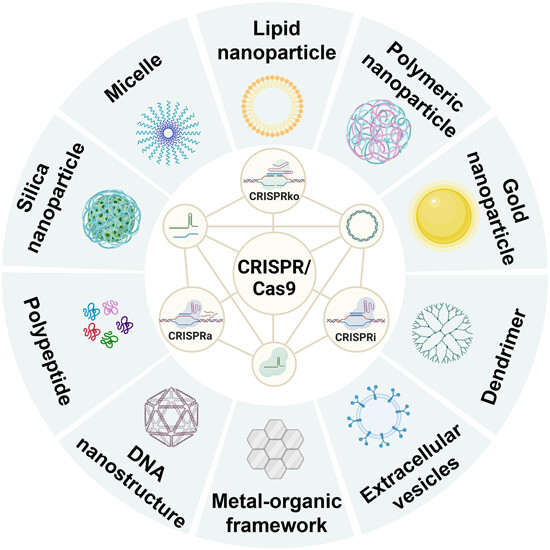
Schematic of the clustered regularly interspaced short palindromic repeats (CRISPR)/CRISPR associated protein 9 (Cas9) system and its nanotechnology delivery methods. The CRISPR/Cas9 system can be delivered in the forms of DNA, mRNA/sgRNA, or ribonucleoprotein (RNP). The gene editing tools based on CRISPR/Cas9 include CRISPR knockout (CRISPR KO), CRISPR interference (CRISPRi) and CRISPR activation (CRISPRa). Lipid nanoparticles, polymers, inorganic compounds, polypeptide, dendrimers, and extracellular vesicles are the most often employed substances for CRISPR/Cas9 system delivery. Created with Biorender.com.
Pseudomonas lipopeptide: An excellent biomedical agent
- First Published: 11 January 2023
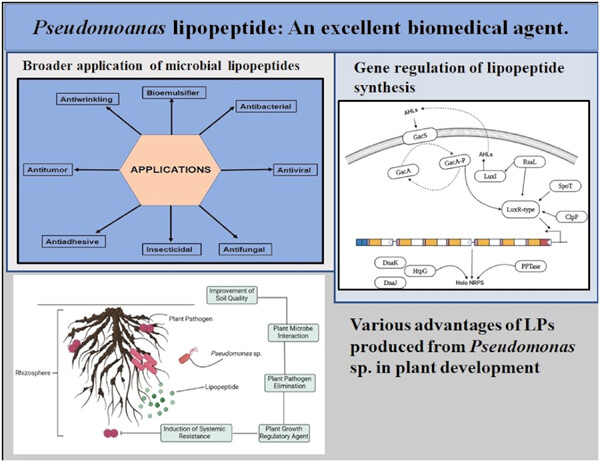
Lipopeptides are surface active molecules with hydrophilic and hydrophobic regions and are kenned to be engendered by different species of Bacillus and Pseudomonas. These lipopeptides can be applied in different domains because of their remarkable properties like antibacterial, antifungal, anticorrosion, antitumor, and antiviral. They act by engendering pores in the cell membrane to perforate and conclusively disrupt them.
Recent advances in 3D printing sacrificial templates for fabricating engineered vasculature
- First Published: 24 July 2023
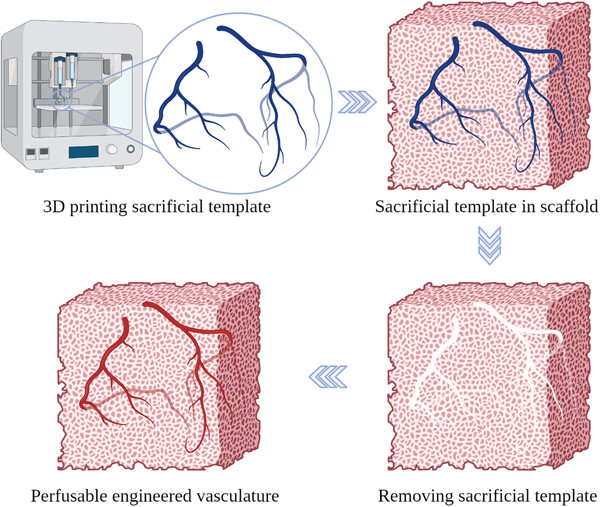
The combination of three-dimensional (3D) printing and sacrifice-based technique shows great promise to fabricate engineered vasculature. A sacrificial template with intricate features can be created by 3D printing. After casting and removing the sacrificial template in a biological scaffold, the engineered vasculature can be generated to mimic its native counterpart.
Exploring the potential of transethosomes in therapeutic delivery: A comprehensive review
- First Published: 05 October 2023
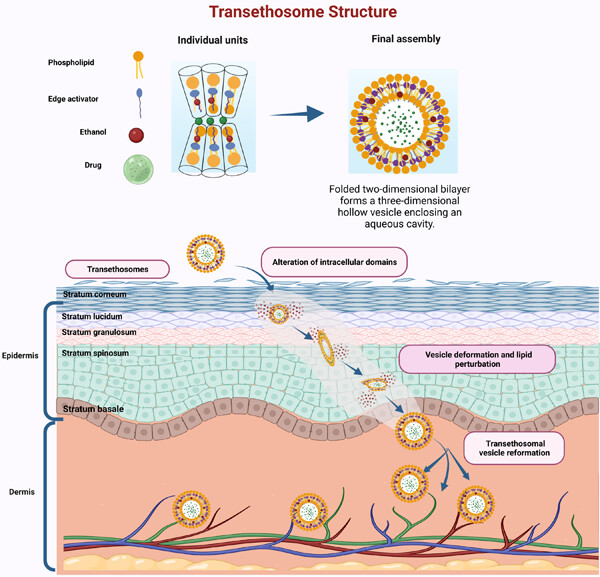
Transethosomes are drug-delivery vesicles composed of a continuous phospholipid bilayer membrane containing an ethosomal core. This review explores their potential, addressing limitations of conventional methods. The impact of formulation components, effective targeting, and production techniques are discussed. Various administration routes, including transdermal, transvaginal, pulmonary, and ocular, are highlighted. Functionalization and photodynamic therapy enhance delivery efficacy. Transethosomes offer a promising solution to overcome drug delivery challenges.
Dendrimer and dendrimer gel-derived drug delivery systems: Breaking bottlenecks of topical administration of glaucoma medications
- First Published: 20 February 2023
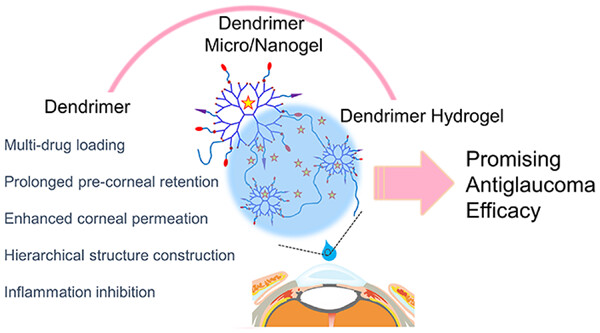
Dendrimers can prolong precorneal retention, enhance corneal permeation, allow multidrug loading, allow hierarchical structure construction and targeting, and inhibit inflammation, making them multifunctional topical drug delivery systems (TDDS) for the eye. Dendrimer nanogels combine the advantages of dendrimers, hydrogels, and nanoparticles. Dendrimer gel-derived drug delivery systemsmight overcome bottlenecks in topical delivery of glaucoma medications.
Applications of scanning ion conductance microscope in biomedical fields
- First Published: 03 January 2023
Targeting the pathogenesis and boosting the therapeutic efficacy of Parkinson's disease by advanced nanoparticles
- First Published: 16 June 2023
Spatiotemporal omics of life energy: Towards medicine of frequencies and terahertz drugs
- First Published: 23 January 2024
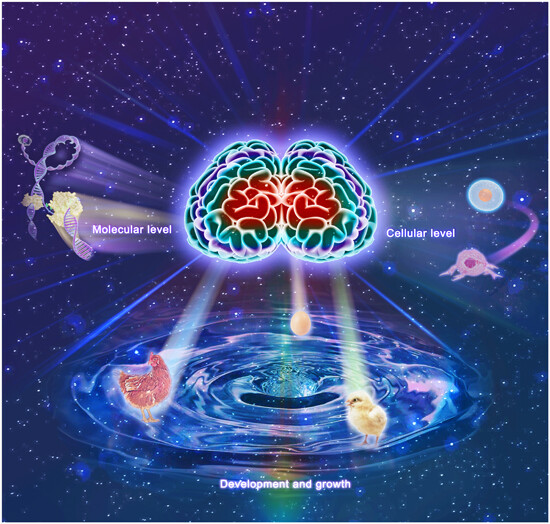
Intricate life processes are governed by precise combinations of spatiotemporal frequencies. Life activities span molecular events such as the replication of genetic substances, cellular transformations such as between cancer cells and stem cells, and organismal development from fertilized eggs to adults. Water orchestrates all life reactions through resonant coupling. The brain harmonizes matter, energy, and information for life. Spatiotemporal omics of vibrational frequencies emerges as crucial for unraveling the mystery of life.
3D-printed degradable hydroxyapatite bioactive ceramics for skull regeneration
- First Published: 04 June 2023
Oral hard tissue defect models for evaluating the regenerative efficacy of implant materials
- First Published: 15 May 2023
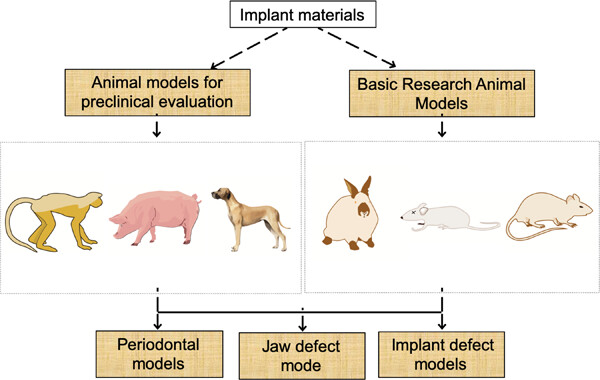
We summarize the use of preclinical evaluation animal models (such as nonhuman primate, pig, and dog) and basic research animal models (such as rabbit, rodent—rat and rodent—mouse) to create periodontal models, jaw defect models, and implant defect models, which are used to evaluate the therapeutic efficacy of implant materials on the regeneration of oral hard tissue defects.





